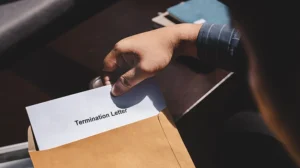Family law proceedings can take a considerable time to finalise and although reluctant, there are times when a Court is asked to make an order for one or both of the parties to receive a sum of money (referred to as partial property settlements) to fund the proceedings or to bring both parties on an equal footing, particularly when one party is earning a higher income or has the control over the assets.
But how does the court characterise the sum received at final hearing?
Notwithstanding how an interim order has been characterised, the Court has an ongoing discretion to make further orders throughout the course of a matter. What this means is that the Court has the power to re-characterise the initial payment as something else, for example as spouse maintenance.
When considering arguments by parties to include or not to include the totality of any partial property order made back into the property pool, the court will consider each case on its own merits paying particular attention to the way in which the money was used.
As an example, in a recent case the wife received a total of $1,035,370 by way of partial property settlement. The wife used the funds in a variety of ways, primarily as follows:
$858,232 Legal Fees
$116,583 Living expenses
$60,554 Sitting in bank account
At the trial the husband argued that the entire amount of $1,035,370 should be added back into the pool as a notional asset, notwithstanding the way in which it was used.
The wife argued that money she used to support herself and to meet her daily living expenses should not be added back as it was for her support.
The Court after considering the differing arguments and the way the wife had utilised the funds she received, declined to add the sum of $116,583 back into the pool as it was satisfied that the amount was used by the wife for her financial support.
Therefore, the circumstances in which the Court would be likely to vary or reverse earlier orders altering interests in property will depend on the circumstances of the individual case. Matters such as the disposition of property transferred, the length of time since the original orders were made, the extent to which the parties had acted in reliance upon the orders and whether the orders were made by consent or otherwise would all be matters relevant to the question of whether any variation of partial orders affecting the parties’ interests in their property should be made.
If you have questions about the application of above to your specific circumstances, a member of Coleman Greig’s Family Law Team would be more than happy to assist you in an efficient and empathetic manner.














